Retro Replay Review
Gameplay
Waterloo marks the inaugural entry in Lothlorien’s Warmaster series, offering a deep strategic simulation of Napoleon’s final stand. As the player commanding the Grande Armée, your primary goal is to rout Wellington’s Anglo-Dutch forces entrenched on the famous ridges and farmhouses. You must also keep an eye on incoming Prussian reinforcements under Blücher, who enter the battlefield in a later phase. This dual-focus mission structure lends the game a constant sense of tension, forcing you to balance offensive drives with defensive postures.
(HEY YOU!! We hope you enjoy! We try not to run ads. So basically, this is a very expensive hobby running this site. Please consider joining us for updates, forums, and more. Network w/ us to make some cash or friends while retro gaming, and you can win some free retro games for posting. Okay, carry on 👍)
The game’s core mechanics revolve around infantry and cavalry units, each boasting distinct strength and morale ratings. Though artillery is absent, the weight of your formations and the timing of your cavalry charges can turn the tide of battle. The turn-based system encourages careful planning: you select units to move, attack, or hold position, and then watch events unfold when the computer executes Wellington’s and Blücher’s commands. Terrain effects are crucial—controlling the high ground and fortified farmhouses grants defensive bonuses that can blunt even your most determined assaults.
Waterloo’s AI opponents exhibit varied behaviors: Wellington’s troops tend to dig in defensively, awaiting opportunities to counterattack, while the Prussians press forward relentlessly once they arrive. This dynamic creates a rich strategic puzzle in each playthrough. The learning curve is moderate, with enough complexity to satisfy veteran wargamers but not so many micromanagement chores that newcomers are overwhelmed. For those who relish maneuvering brigades on a hex map, Waterloo delivers a rewarding blend of historical authenticity and tactical challenge.
Graphics
Though released in an earlier era of PC gaming, Waterloo’s visual presentation retains a certain charm. The battlefield is displayed on a clean, hexagonal grid map, with each hex featuring distinguishable terrain types—open fields, ridges, and clusters of farmhouses. Unit counters are represented by simple icons and counters, each marked with numeric indicators for strength and morale. While not photo-realistic by modern standards, the clarity of these visual elements serves the gameplay well, ensuring that you can quickly assess the battlefield at a glance.
The designers paid special attention to the portrayal of terrain effects. Farmhouses and ridges are not only decorative; they’re shaded and contoured to stand out against plain fields, making it easy to identify key defensive positions. Cavalry units are depicted with stylized horse symbols, and infantry bears the familiar infantryman icon. The limited color palette—primarily greens, browns, and blues—reduces visual clutter and reinforces the historical mood of a muddy Belgian plain at dawn.
Animations are minimal but purposeful. When units engage, you see basic movement lines and combat icons flashing on-screen, followed by updated strength values. While there’s no sweeping cinematic charge animation or dust clouds roaring across the map, the concise feedback loop keeps the focus firmly on strategy. For players who prioritize functionality and clarity over flash, Waterloo’s graphics strike a sensible balance.
Story
Waterloo doesn’t offer a narrative in the traditional sense—there are no voiced cutscenes or branching dialogue trees. Instead, the “story” unfolds through the historical scenario itself. You begin with Napoleon’s decisions on the morning of June 18, 1815, and watch as each turn represents a critical hour in the battle. The approach of Prussian columns, the resilience of British squares, and the desperate flanking attempts by French cuirassiers all form a living tapestry of historical events.
Each play session can feel unique: a timely cavalry breakthrough might shatter the Allied lines, or a stubborn defense at La Haye Sainte could grind your army to a halt. This emergent storytelling gives players a sense of agency in reshaping history. While you won’t find scripted dialogue or character arcs, the ebb and flow of combat delivers its own drama—every decision feels weighty, with the potential to rewrite the final chapter of Napoleon’s career.
For history enthusiasts, Waterloo provides an educational glimpse into the strategic considerations that defined the battle. Unit strengths, morale checks, and terrain effects are all grounded in period-accurate research. Even without a formal narrative, the game immerses you in the historical moment, making each victory feel earned and each setback resonate with the gravity of 19th-century warfare.
Overall Experience
Waterloo is a specialized experience tailored to strategy and wargame aficionados. Its focus on hex-based maneuvers, morale systems, and terrain-driven tactics rewards patience and careful planning. While newcomers might need a few sessions to master the interface and unit interactions, the built-in documentation and scenario briefings provide ample guidance to get started. The absence of artillery simplifies combat calculations, allowing players to concentrate on infantry lines and cavalry flanks without navigating overly complex damage tables.
The game’s pacing is deliberate: turns can take time as you analyze the map, reposition troops, and craft multi-pronged attacks. Yet this methodical approach is precisely what gives Waterloo its allure. There’s a tangible sense of tension as you calculate whether you can break Wellington’s center before Blücher’s Prussians tip the balance. Multiplayer hotseat mode adds another layer of enjoyment, letting you and a friend assume opposite sides of history’s grand finale.
In conclusion, Waterloo stands as a commendable first effort in the Warmaster series. Its blend of historical fidelity, tactical depth, and clean interface makes it a valuable addition to any wargamer’s library. While modern titles may boast flashier visuals and soundtracks, Waterloo’s enduring strength lies in its focused design and the authentic recreation of one of history’s most famous battles. If you crave a pure, thought-provoking wargame that lets you rewrite Napoleon’s destiny on a hex map, Waterloo delivers an engaging and strategically rich battlefield experience.
 Retro Replay Retro Replay gaming reviews, news, emulation, geek stuff and more!
Retro Replay Retro Replay gaming reviews, news, emulation, geek stuff and more!
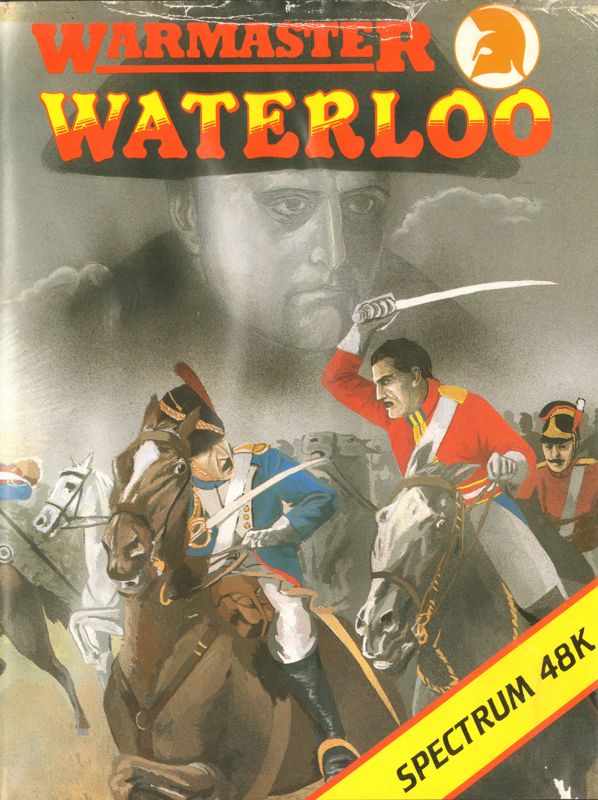
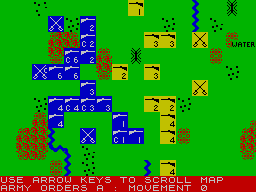
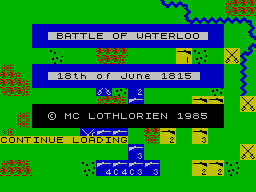

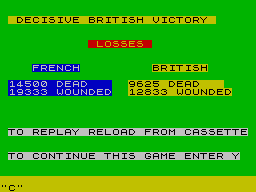
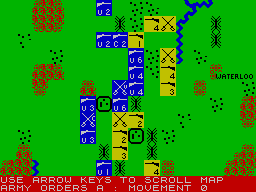



Reviews
There are no reviews yet.